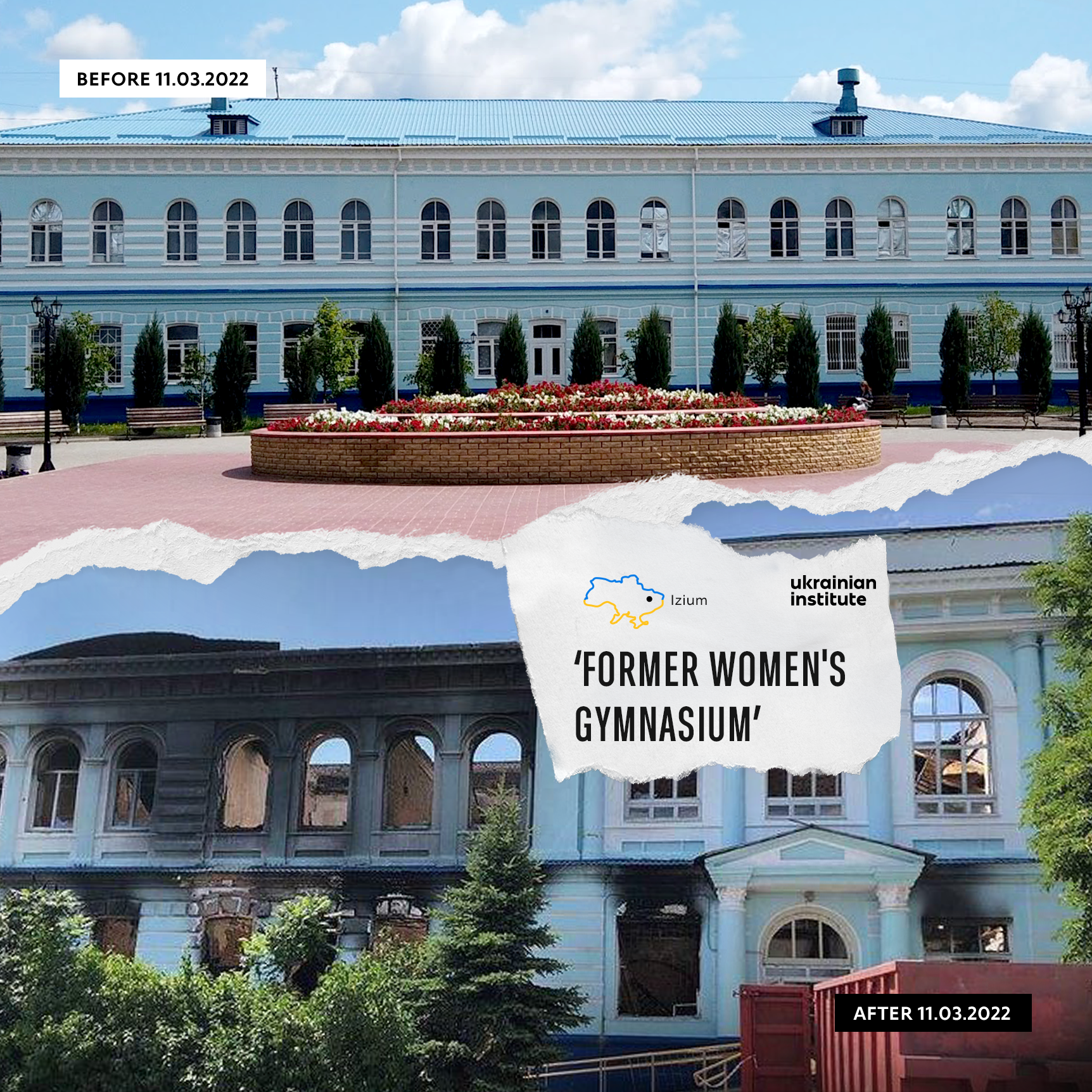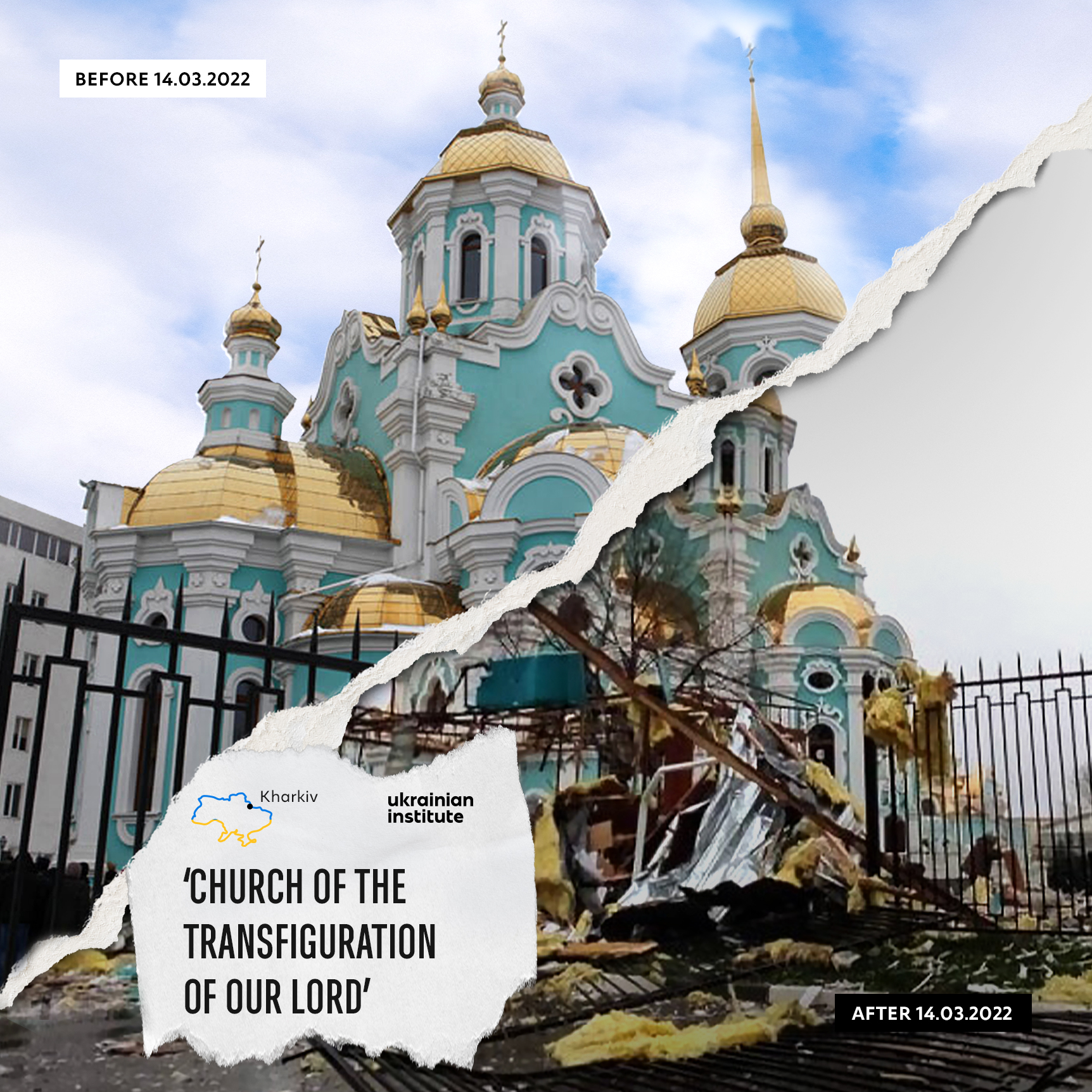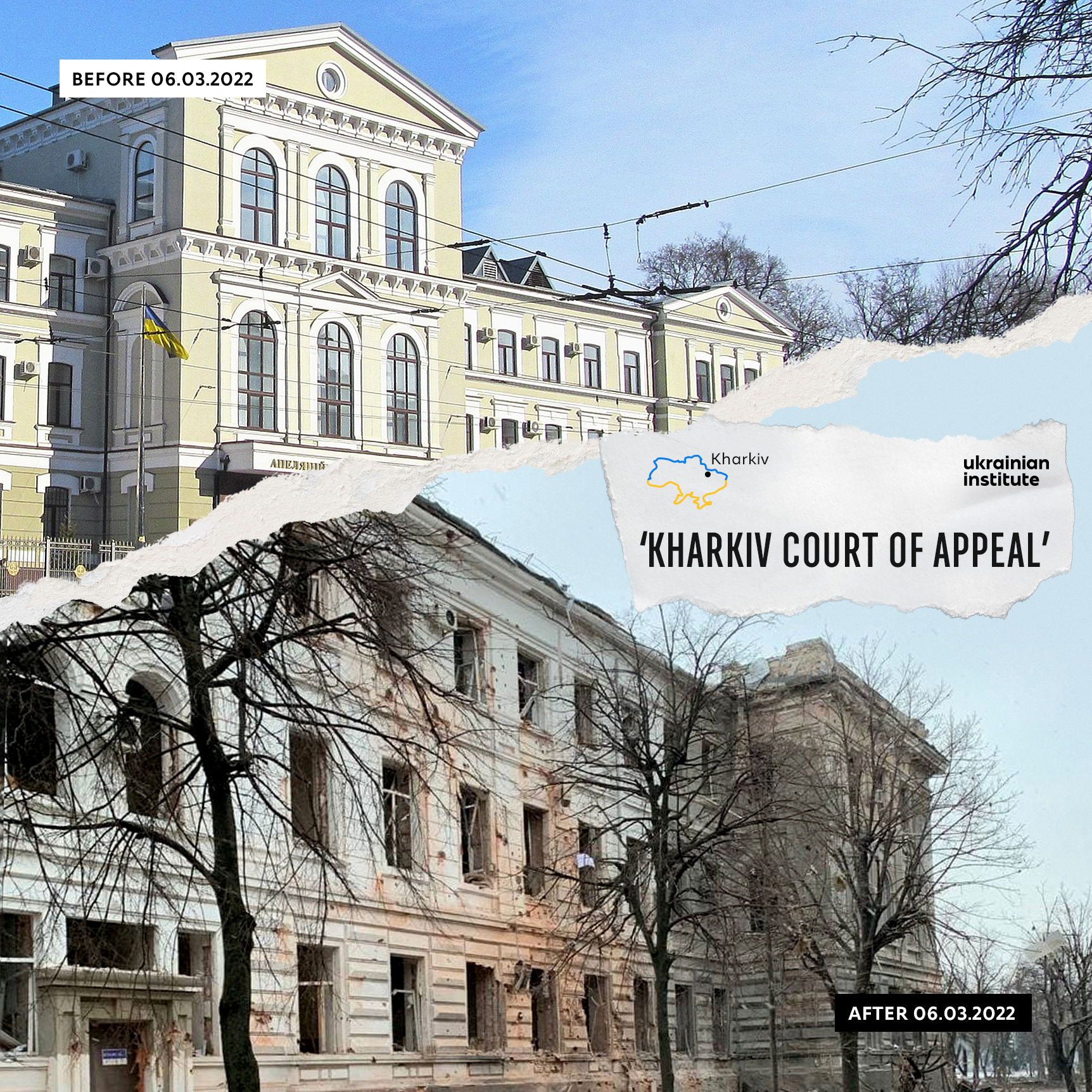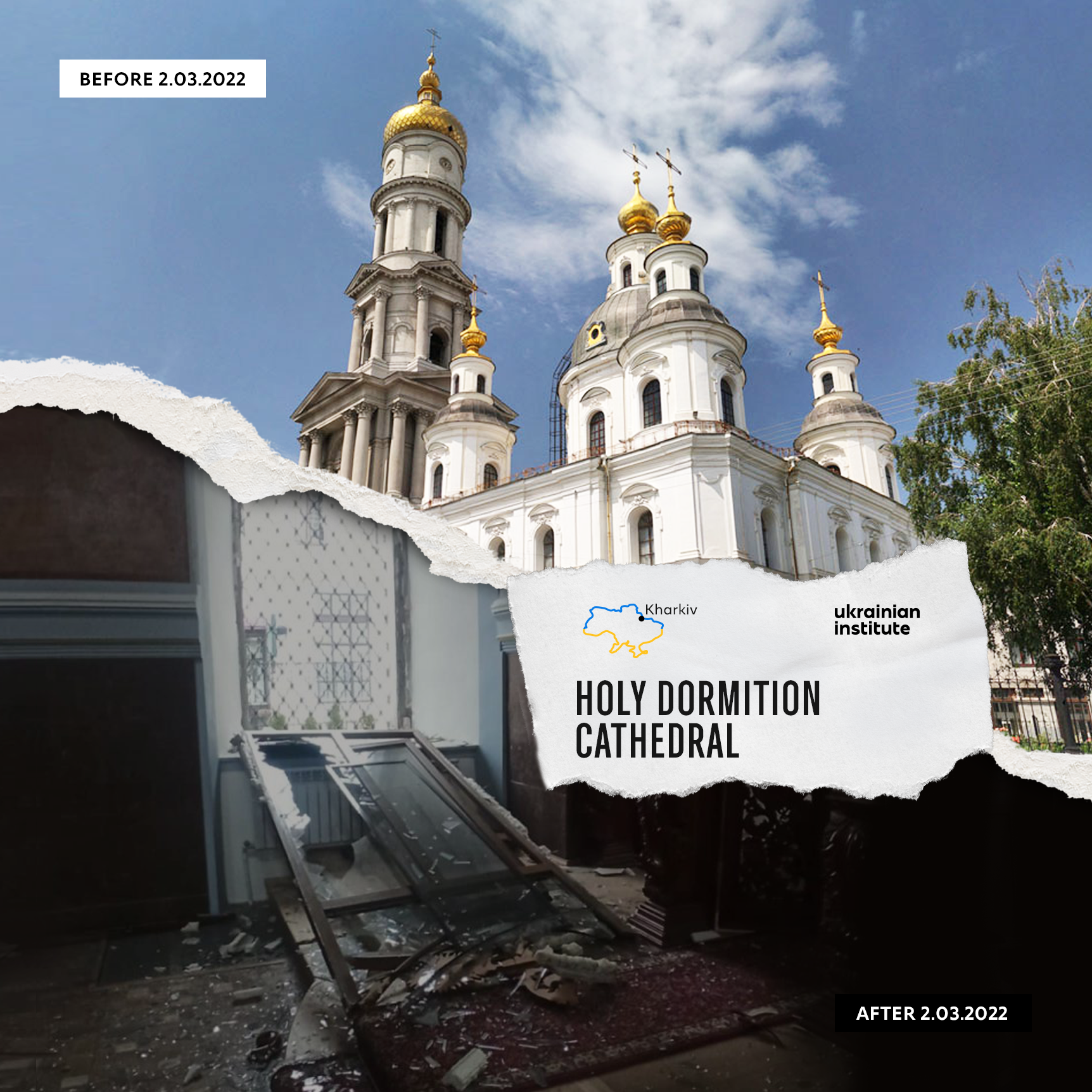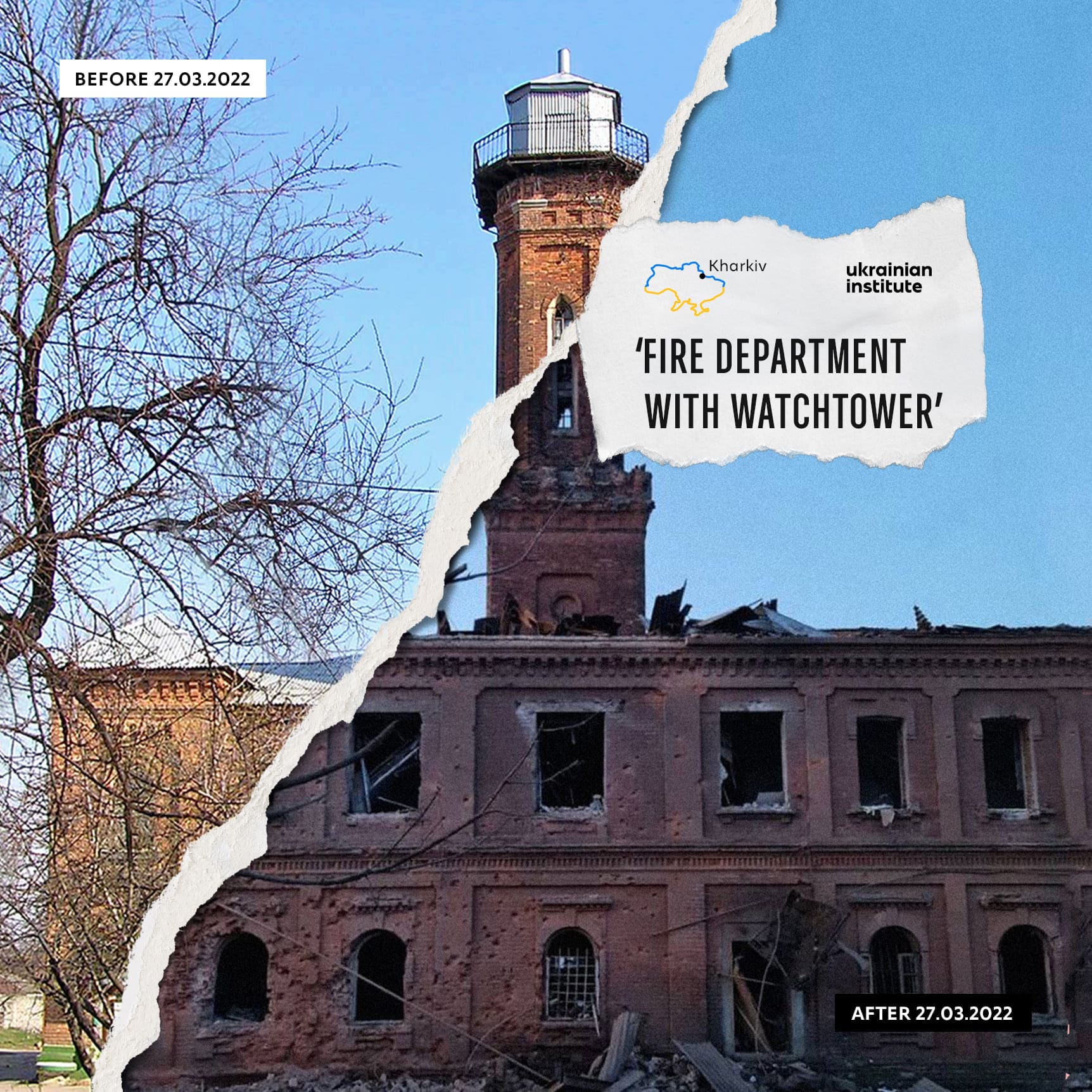
The central square of Kharkiv. It ranks sixth in Europe. Here are the most important administrative institutions of the city.
Freedom Square (‘Maidan Svobody’ in Ukrainian) is the heart of Kharkiv, where you can feel the incredible grandeur and energy of the city. The Kharkiv Regional State Administration is located here, known in the past as the House of Councils. Almost 12 hectares in size, up to 960 meters in height, and 125 meters in width, this maidan is the largest square in Ukraine, the 6th largest in Europe, and the 12th largest in the world.
The idea of the square emerged in 1919 when during the power seizure in Ukraine, the Bolshevists decided to move the capital from Kyiv to Kharkiv. Thus, the future maidan had to become a symbol of a new government and a new era.
The architectural ensemble of the square includes outstanding monuments of Soviet constructivism. There is a 13-storey House of State Industry constructed in 1926–1928, which is one of the first skyscrapers in Eastern Europe and the first building made of reinforced concrete monolith. The central and northern buildings of Karazin Kharkiv National University were also built here in the 1930s along with the ‘Kharkiv’ Hotel building — the former ‘International’ Hotel.
The House of Councils was constructed in 1954 in the style of Stalin Neo-Renaissance. It was on the site of the former Central Committee of the Communist Party of Ukraine, which was destroyed during World War II. The Palace of Children and Youth Creativity then became part of the square ensemble, called ‘Dzerzhynskyi Square’ in those days.
Maidan Svobody received its name in 1991 with the restoration of Ukrainian independence and became a favourite venue for public events in Kharkiv. The legendary band ‘Queen’ chose this place as the performance venue in Ukraine for its powerful energy, drawing an audience of over 300 thousand.
With the beginning of Russia’s war of aggression against Ukraine, Russian occupiers fired ‘Kalibr’ missiles at Freedom Square, one of them hitting the historic building of the Kharkiv Regional State Administration, injuring twenty and taking the lives of ten people. All windows were broken, and the ceilings were significantly damaged and completely destroyed in some places. According to preliminary estimates, the house is not subject to restoration.
Whatever stored the memories may now become a memory itself.








